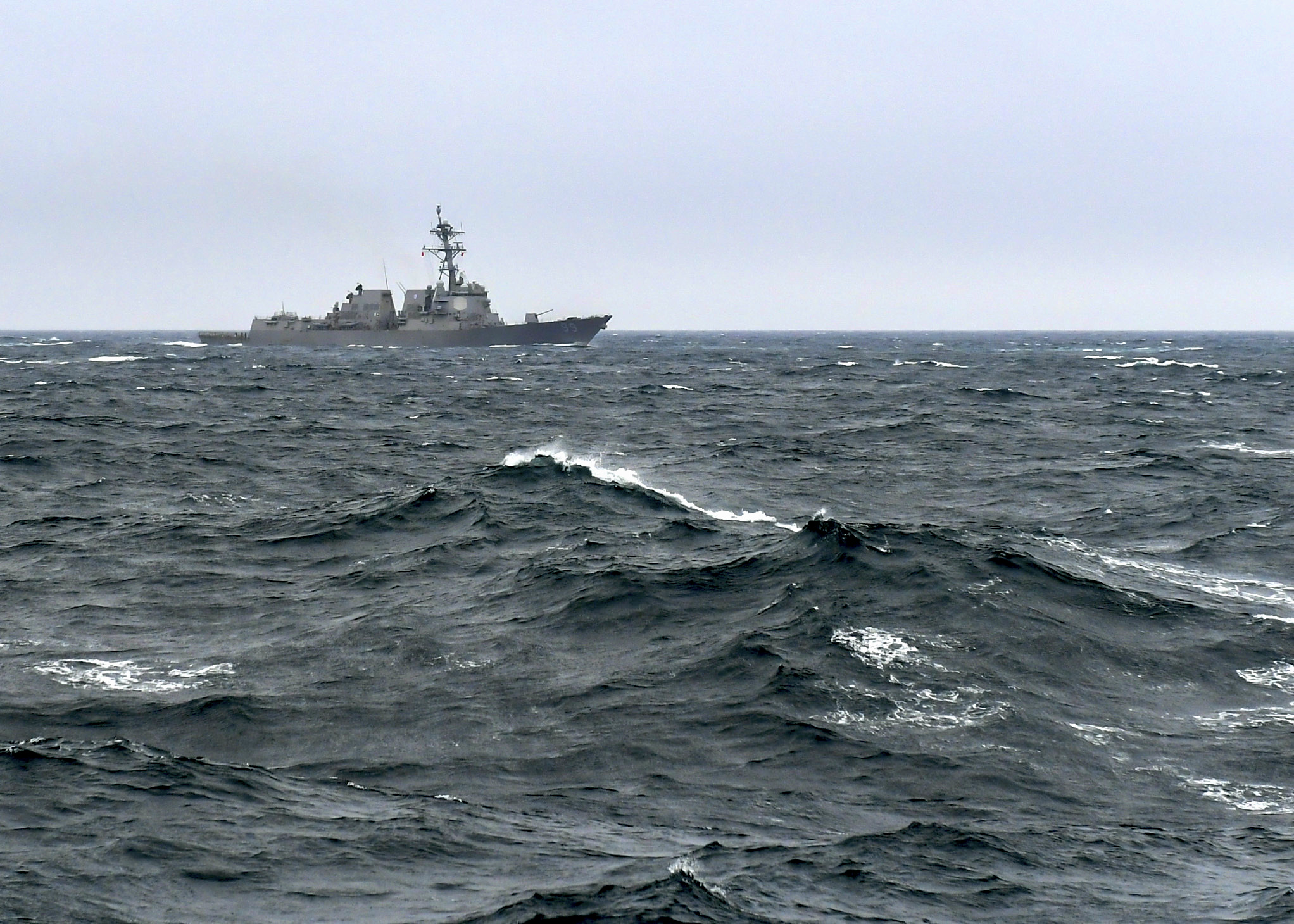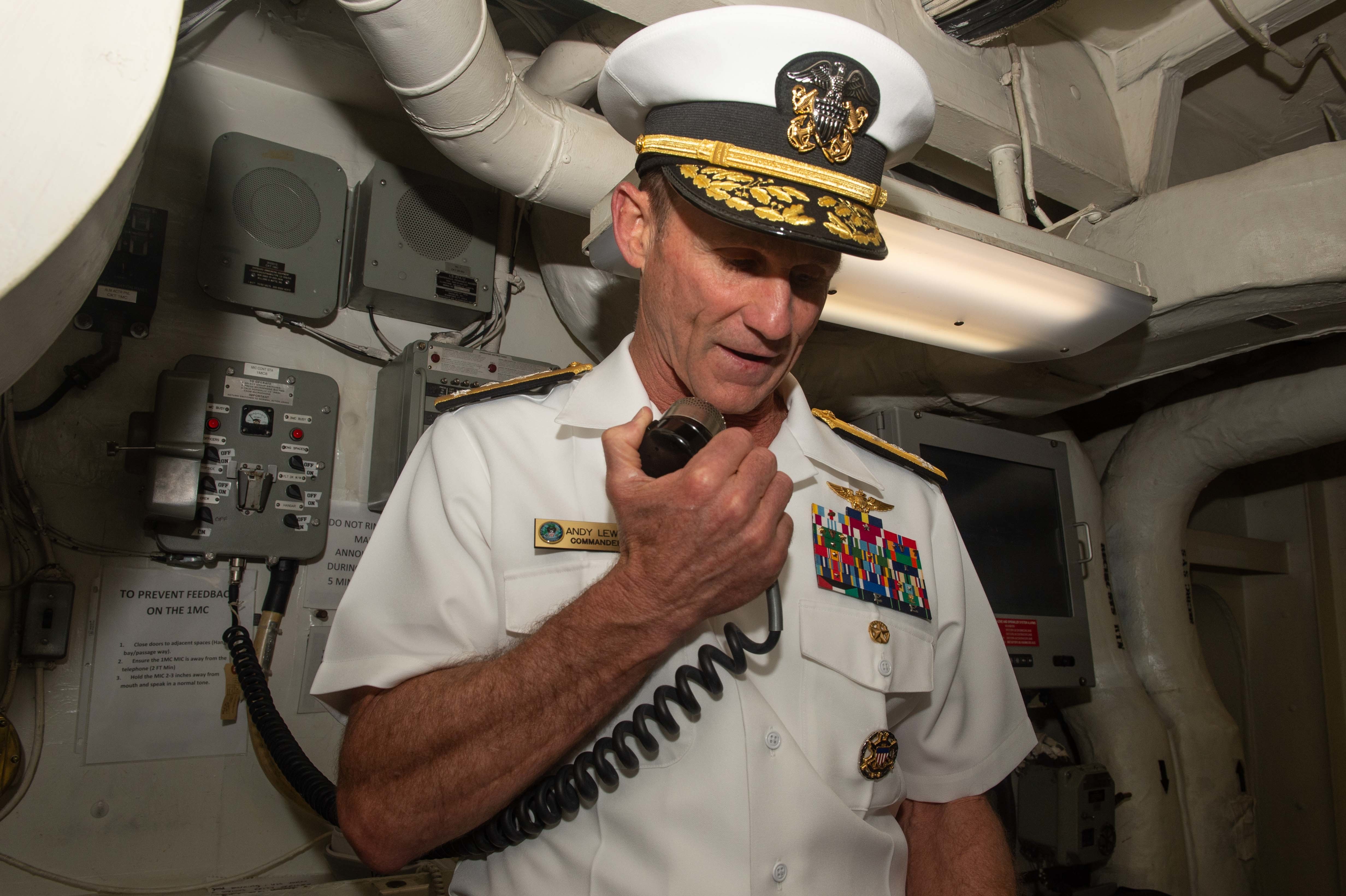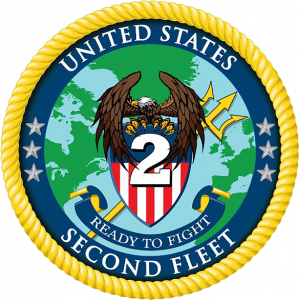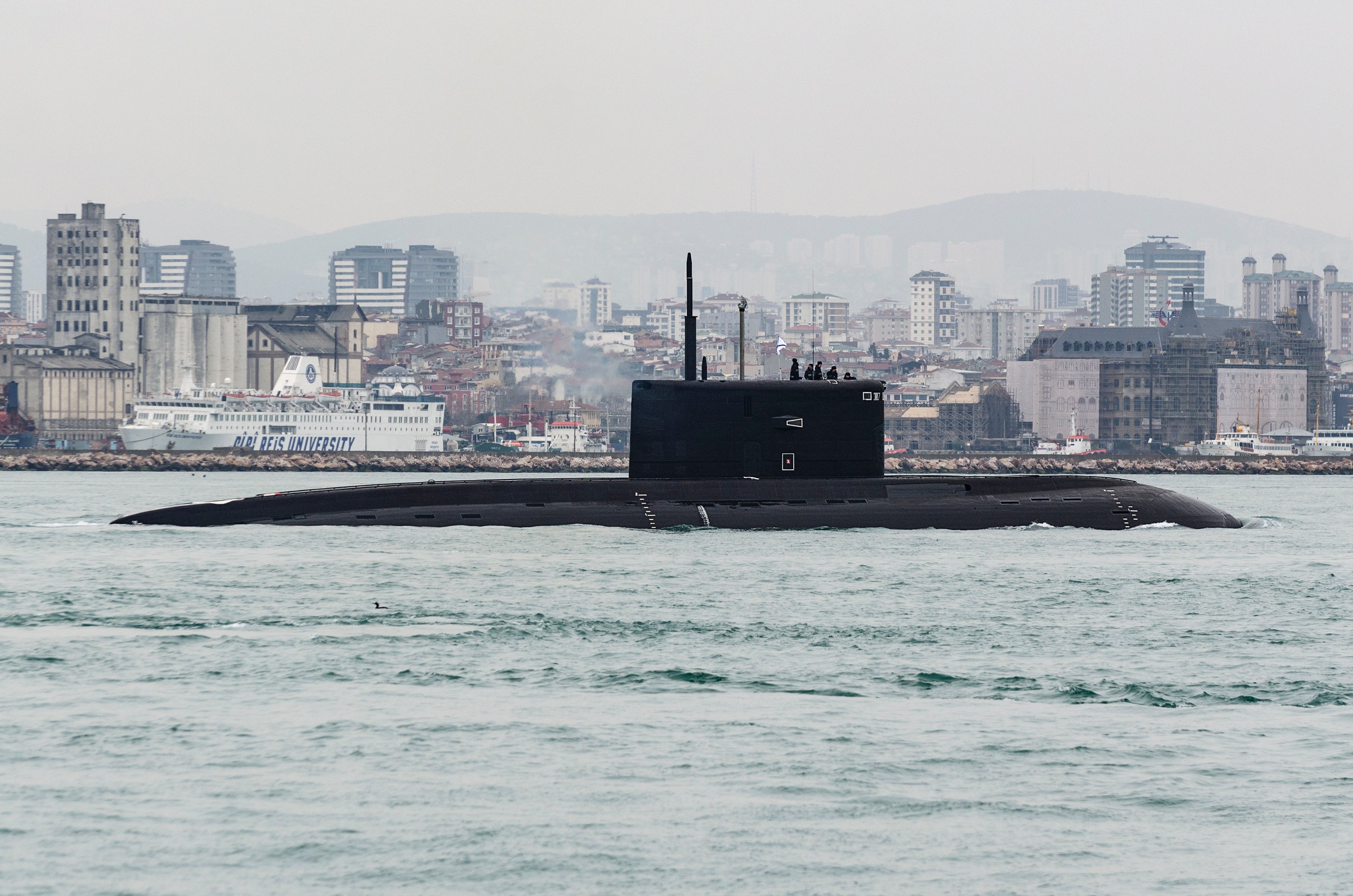
The Navy’s fleet created to beef up its Atlantic presence against Russia is now fully operational, according to a Tuesday statement from the service.
Announced in May 2018, Norfolk, Va.-based U.S. 2nd Fleet was stood up after the release of the latest National Security Strategy that named Russia and China as the primary focus of American military concern and as the Russian submarine force has grown more sophisticated and capable.
“Within an increasingly complex global security environment, our allies and competitors alike are well aware that many of the world’s most active shipping lanes lie within the North Atlantic,” Commander Vice Adm. Andrew Lewis said in the statement. “Combined with the opening of waterways in the Arctic, this competitive space will only grow, and 2nd Fleet’s devotion to the development and employment of capable forces will ensure that our nation is both present and ready to fight in the region if and when called upon.”

Unlike the other numbered fleets in the U.S. Navy, 2nd Fleet does not have fixed geographic boundaries. It is designed to provide an unbroken oversight for high-end units operating throughout the Atlantic and a limited role in training. The Navy hasn’t confirmed the size of the command, but the initial order signed by then-Secretary of the Navy Richard V. Spencer called for a command of about 250 people – significantly smaller than the other numbered fleets.
“[Second Fleet] will primarily focus on forward operations and the employment of combat-ready naval forces in the Atlantic and Arctic, and to a smaller extent, on force generation and the final training and certification of forces preparing for operations around the globe,” reads the statement.

The new, unbounded arrangement allows the Navy to provide continuous command and control from the East Coast through the Greenland, Iceland, U.K. (GIUK) gap and into the Arctic and Barents seas. Second Fleet has highlighted its ability to deploy expeditionary command and control teams forward to keep ties back to Norfolk.
“Building its expeditionary capability, C2F established a Maritime Operations Center (MOC) this past September in Keflavik, Iceland. This forward operating MOC, made up of approximately 30 members of C2F staff, possessed the ability to command and control forces, provide basic indicators and warnings for situational awareness, and issue orders while maintaining reach-back capability to C2F headquarters,” reads a statement.
In addition to leading 2nd Fleet, Lewis also commands Joint Force Command Norfolk as part of the overall NATO military command structure.
The Navy has been coy about the thrust of the 2nd Fleet missions, but several sources have confirmed to USNI News the focus of the fleet is to provide a theater-wide command control for anti-submarine warfare targeting the Russians.
New Russian attack submarines are equipped with a new generation of land-attack missiles with ranges that put the majority of European capitals at risk. The Kremlin is also developing a new breed of high-speed, nuclear-tipped torpedo.
Navy leaders have recently highlighted the increase in Russian submarine activity.

“We’re seeing a surge in undersea activity from the Russian Federation navy that we haven’t seen in a long time. Russia has continued to put resources into their undersea domain; it’s an asymmetric way of challenging the West and the NATO alliance, and actually they’ve done quite well,” Adm. James Foggo, the commander of U.S. Naval Forces Europe and Africa and NATO’s Allied Joint Force Command Naples, said earlier this month. “We in the United States submarine force still enjoy the competitive edge, I think we’re the best in the world and we need to stay that way.”
The announcement follows the May declaration of initial operational capability, just ahead of the 2nd Fleet-led Baltic Operations 2019 (BALTOPS) exercise in the Baltic Sea.
Security concerns have ratcheted up in the Atlantic theater since the initial stand-up of 2nd Fleet in May to the point where the Navy has declined to publicly announce the recent deployments of the Truman Carrier Strike Group and the Bataan Amphibious Ready Group.





